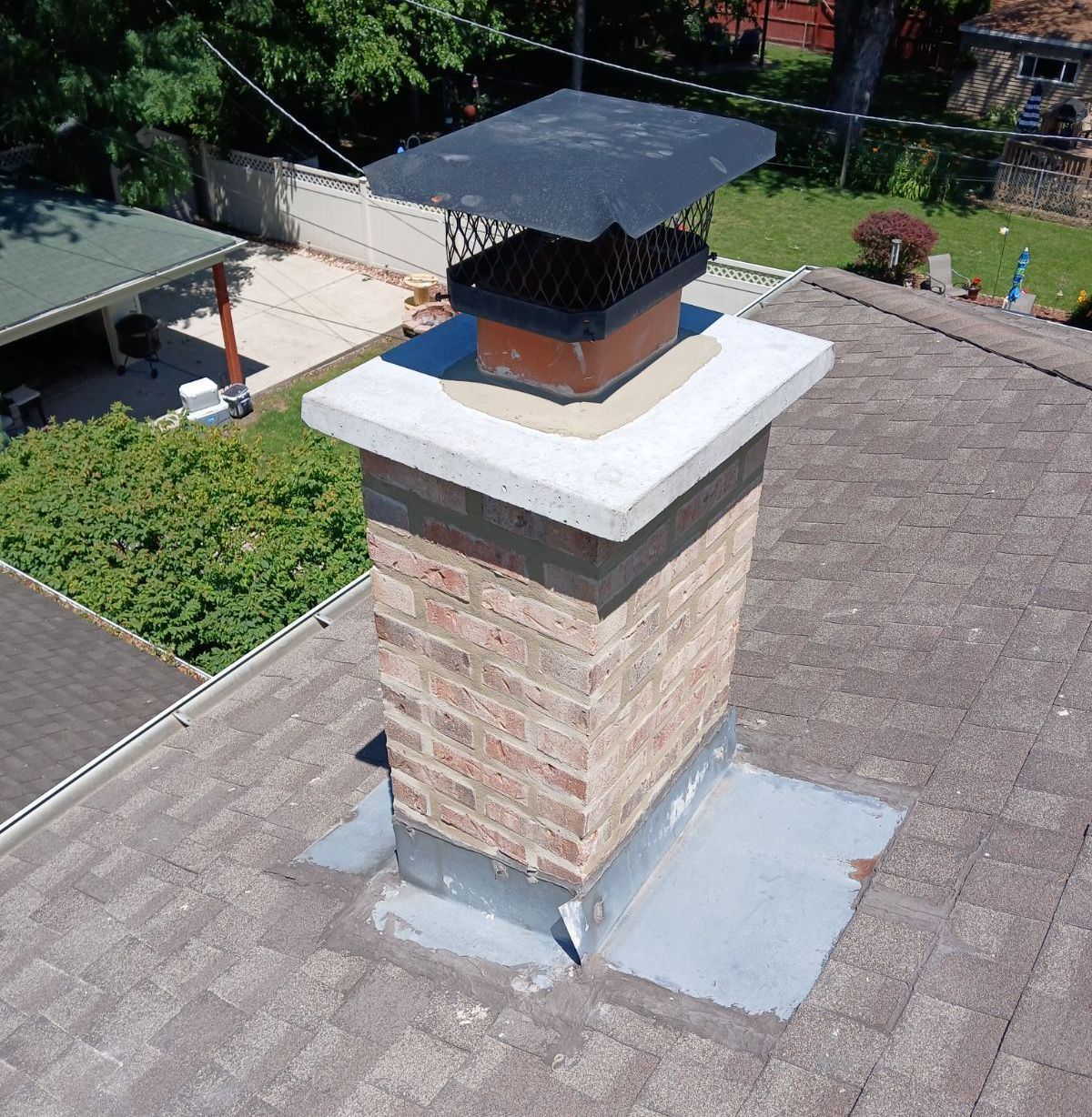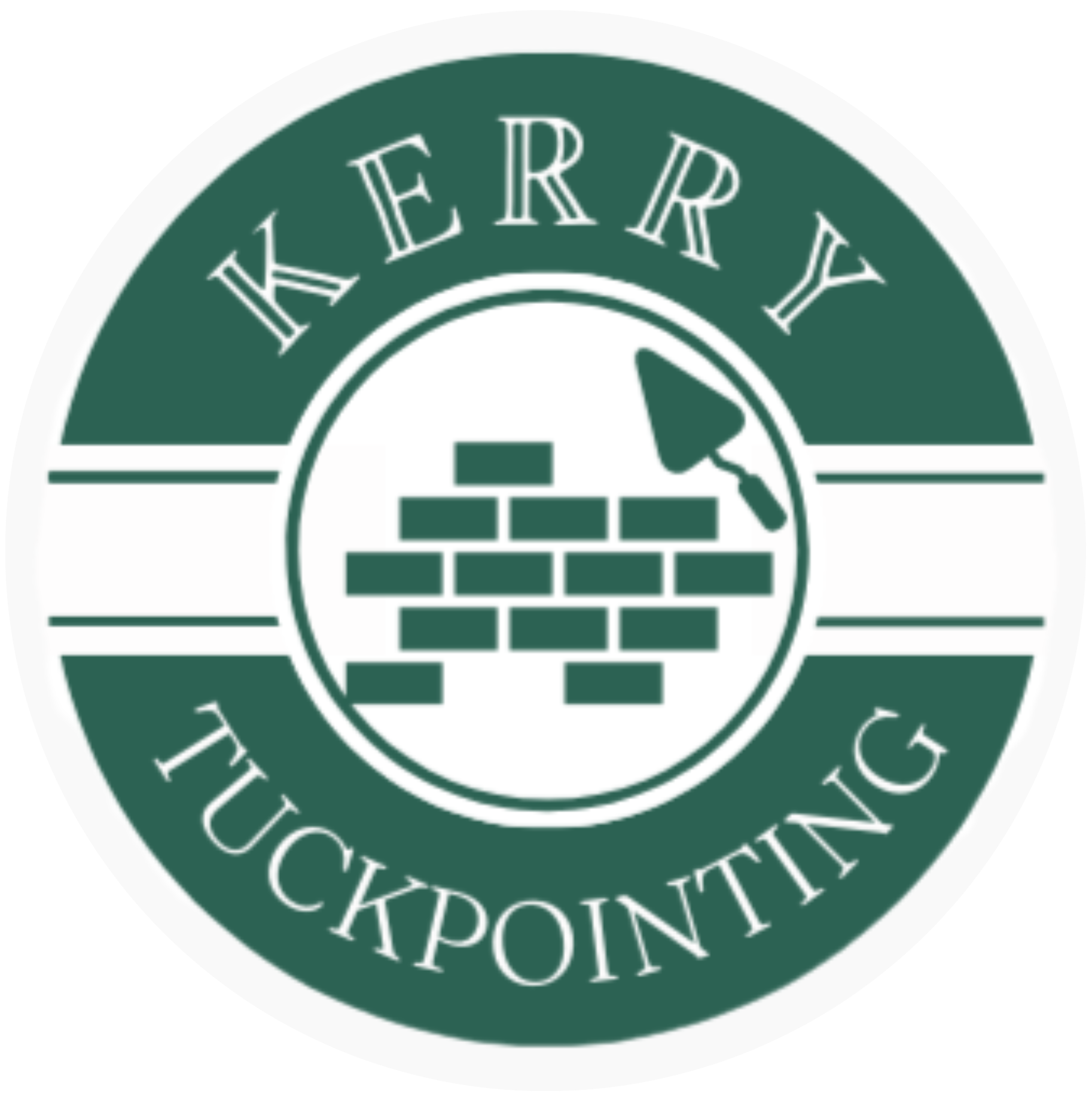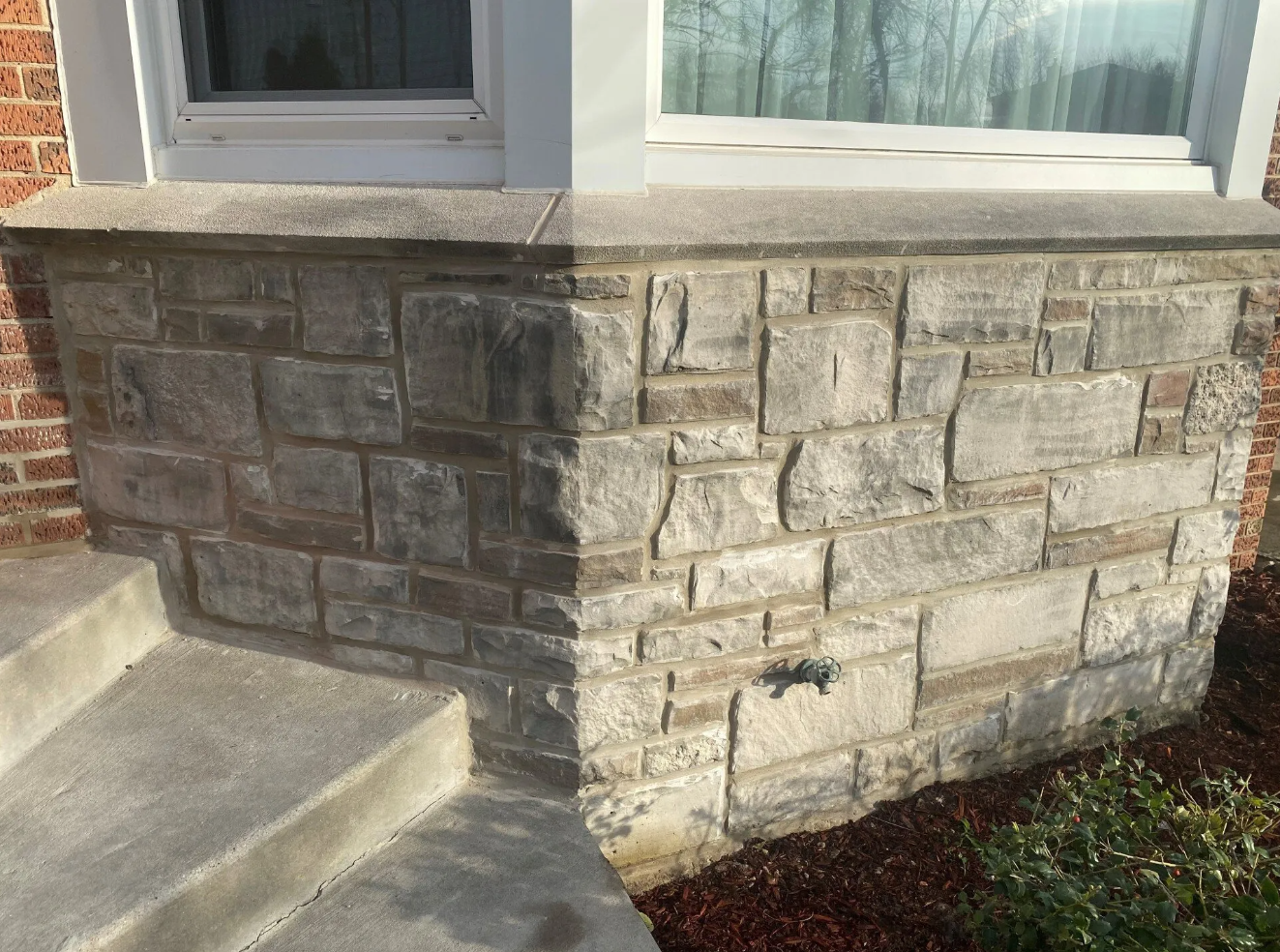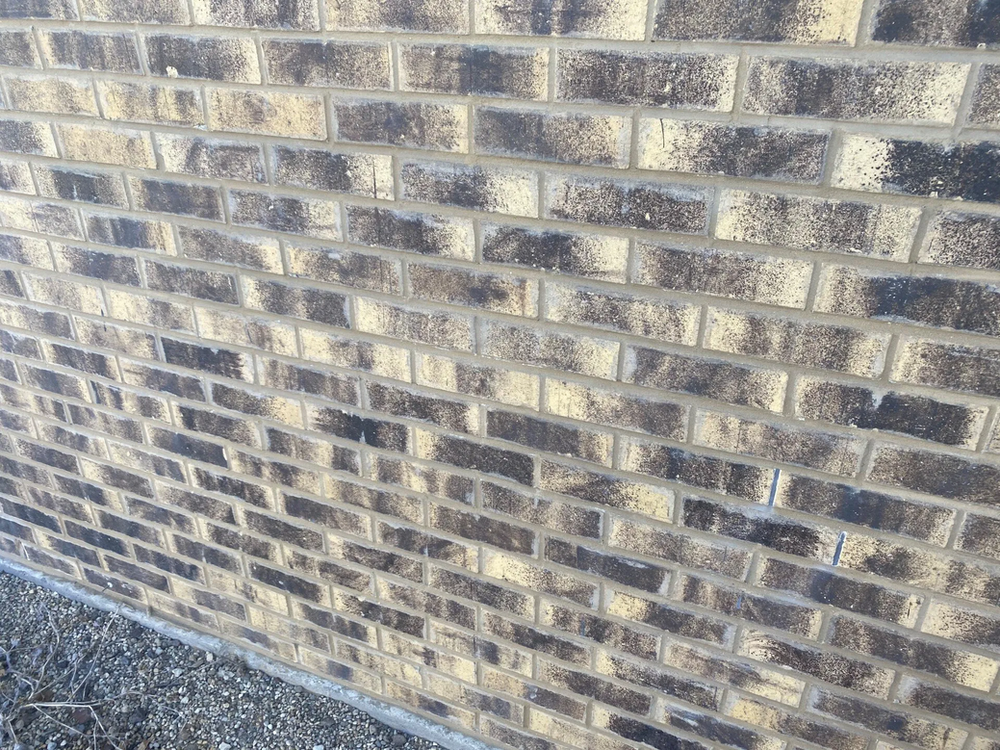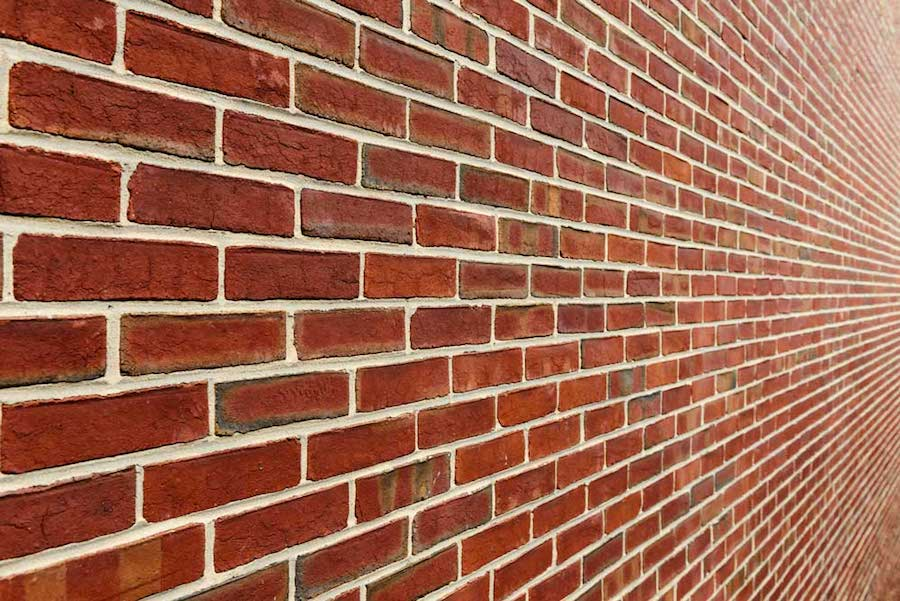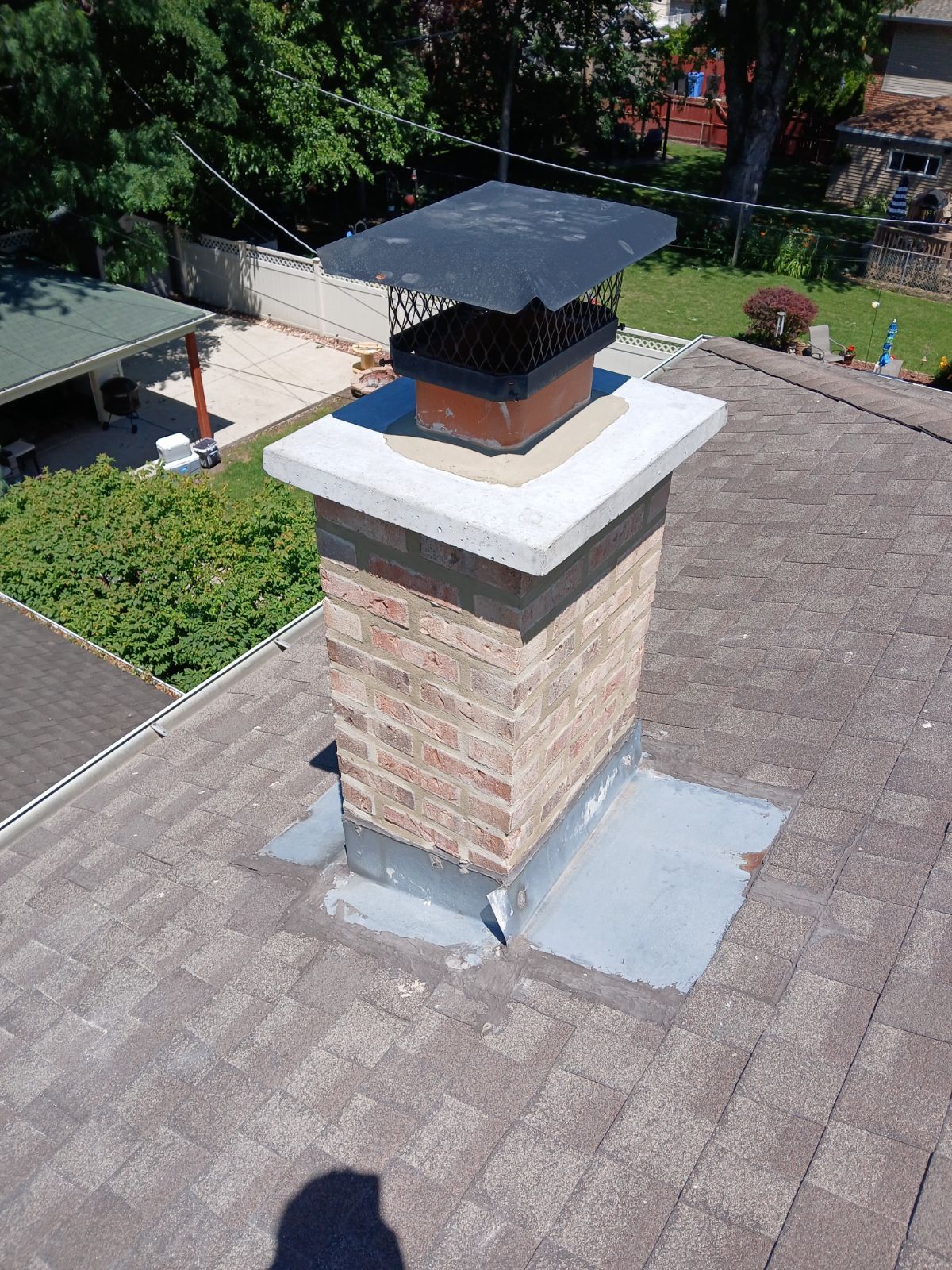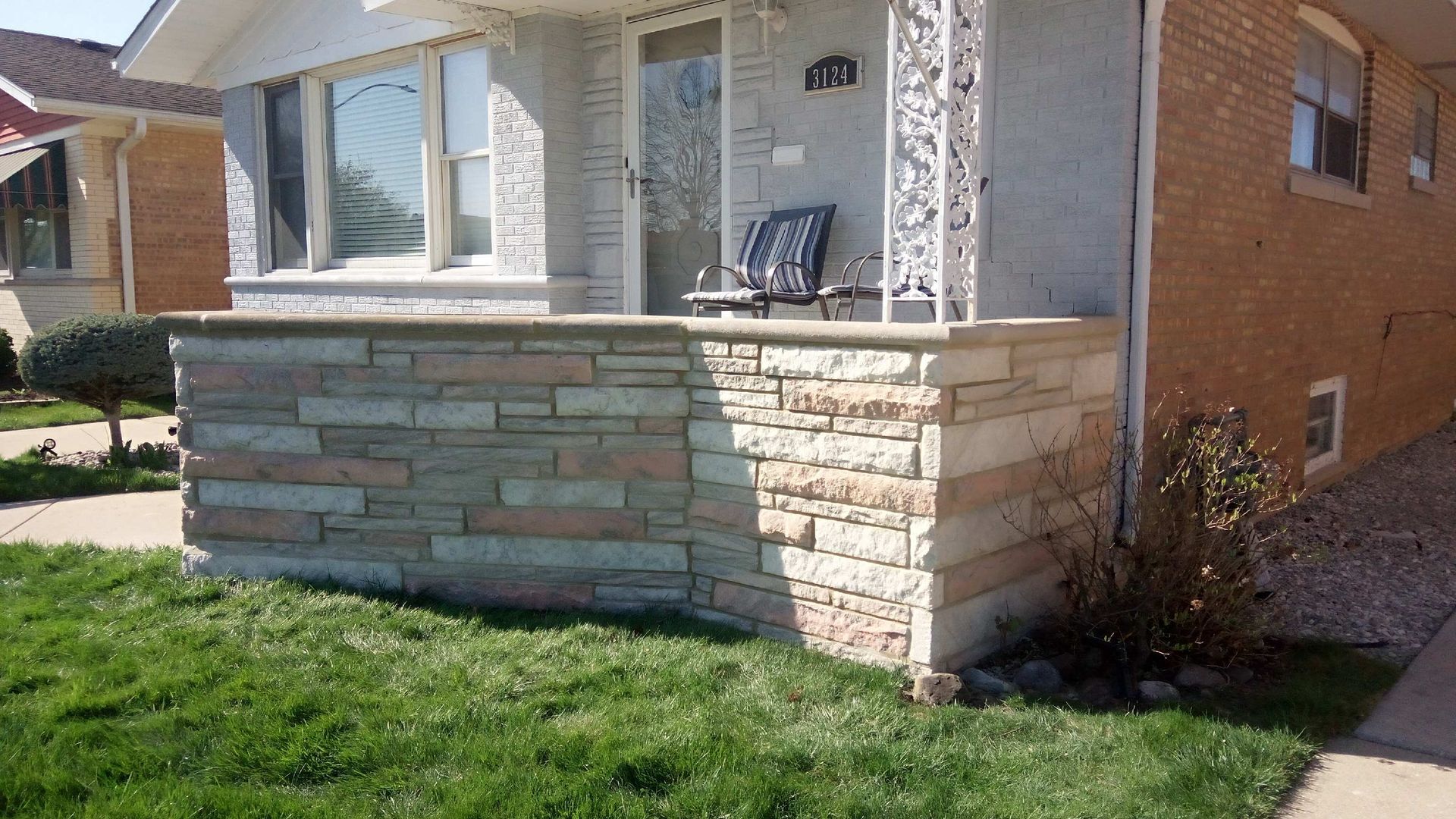Why Chimney Repairs Go Hand in Hand with Tuckpointing
How Tuckpointing Prevents Costly Chimney Rebuilds
Your brick chimney may seem like a sturdy, permanent fixture, and while the bricks can last for a century or more, the mortar binding the bricks is far more vulnerable to the elements than you might realize. Over time, the constant assault from rain, snow, wind, and changing temperatures causes this mortar to deteriorate.
This is where tuckpointing rides to the rescue. This vital masonry technique is not merely a cosmetic fix but a crucial repair that goes hand in hand with comprehensive chimney maintenance. Ignoring crumbling mortar can result in structural damage, water leaks, and costly rebuilds down the line.
What is Tuckpointing?
Tuckpointing is the process of removing old, failing mortar from the joints between bricks and replacing it with fresh mortar. It restores the chimney's structural integrity and seals it against moisture infiltration. While some sources use the terms “tuckpointing” and “repointing” interchangeably, tuckpointing is traditionally a more detailed process that uses two mortar colors for a crisp, refined look. No matter what you call it, the core function is the same: to repair damaged mortar joints to protect the chimney.
Water: A Chimney’s Biggest Vulnerability
The primary threat to a chimney's longevity is water. When mortar is cracked and old, it becomes porous, allowing water to seep into the brickwork. In climates with freezing winters, such as Chicago's, this can be particularly damaging. When trapped water freezes, it expands and exerts pressure on the bricks and mortar. This causes cracks to widen and bricks to crumble and flake—a deterioration pattern known as spalling. By sealing these gaps, tuckpointing acts as a waterproofing barrier, protecting not only the chimney but also your home’s interior from leaks that can lead to mold, mildew, and rotting wood.
How Do I Prevent Costly Structural Damage?
A chimney is a heavy masonry structure, and the mortar is what holds it all together. As mortar wears away, bricks can become loose or shift out of alignment, compromising the entire structure’s stability. If left unaddressed, the chimney can begin to lean or even collapse, requiring an expensive and extensive rebuild. Tuckpointing reinforces the chimney’s structural integrity by replacing deteriorated mortar with a new, solid bond. This proactive repair is a more cost-effective way to save your chimney than waiting for it to crumble, which would require a tear-down and rebuild—and save you thousands of dollars in the long run.
Signs Your Chimney Needs Tuckpointing
Mortar is made to last and can typically stand the test of time for 20 or more years, but it’s essential to watch for telltale signs of deterioration. Crumbling or cracked mortar joints are the most obvious indicators. Other red flags include:
- Missing mortar: Gaps and holes between bricks allow water and air to penetrate the chimney.
- White stains (efflorescence): This powdery residue on the bricks indicates that moisture is moving through the masonry.
- Loose or spalled bricks: If bricks are loose or showing signs of flaking and crumbling, it is a serious sign of advanced water damage.
- Water stains inside: Leaks or moisture stains on interior walls or ceilings near the chimney are clear signs that water is infiltrating the masonry.
- A leaning chimney: Consider this a major structural warning. If your chimney is leaning, it needs immediate professional attention.
Besides its critical function, tuckpointing restores your chimney’s visual appeal. Old, deteriorating mortar can make a chimney look neglected and run-down, even if the bricks are in good shape. By replacing mortar and tuckpointing, you can give the masonry a clean, refreshed look that boosts curb appeal and maintains your property’s value.
Does Your Chimney Need Tuckpointing in the Chicagoland Area?
If you own a home in Chicago Ridge, Evergreen Park, or Oak Lawn, IL, and suspect it’s time for your chimney to be tuckpointed or inspected, contact Kerry Tuckpointing. We’ve been maintaining chimneys in Chicago and the surrounding areas since 1991. We offer free estimates and also do stone work.
